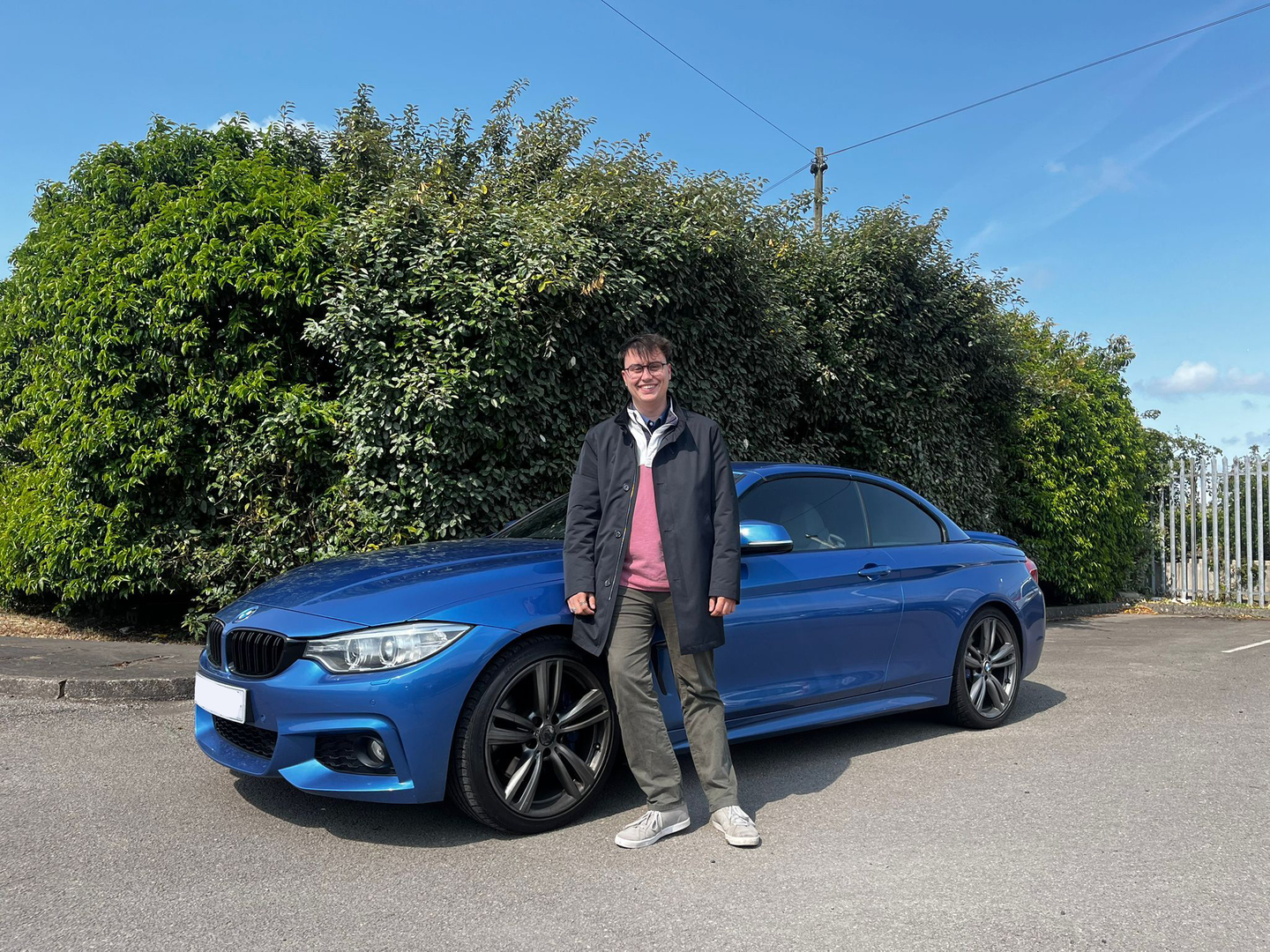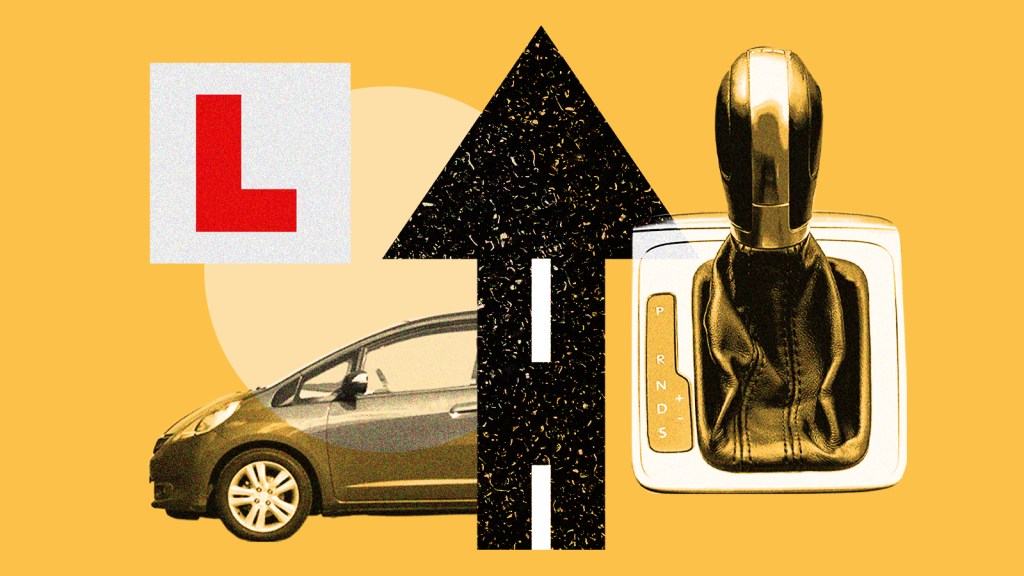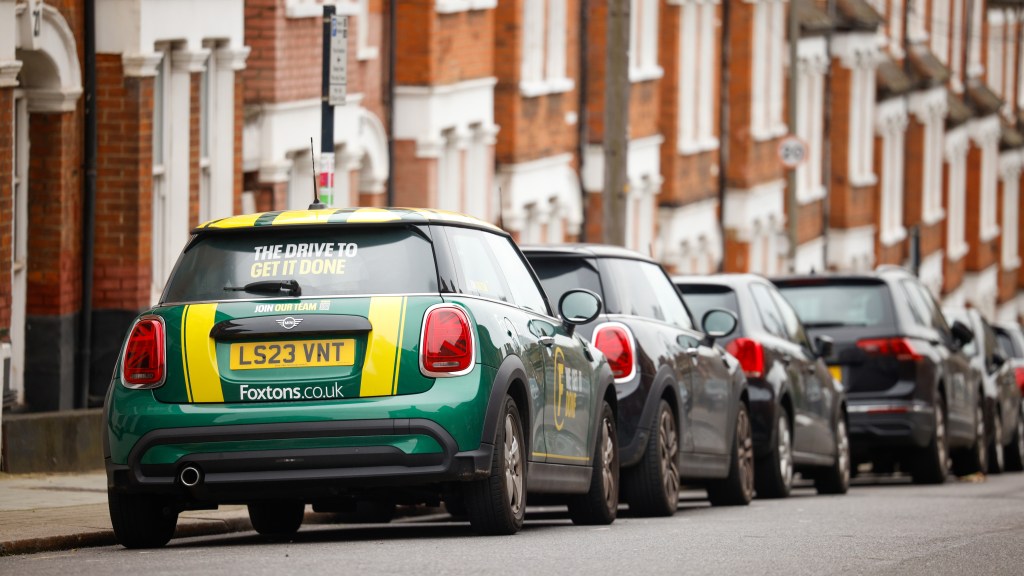The Decline of Manual Cars: Why Choosing Automatic Comes with Higher Costs
The trend towards automatic cars is on the rise, leading to a decline in manual vehicles. While many drivers may not miss handling gears and clutch control, the increasing preference for automatics translates to higher expenses, from purchase prices to insurance premiums.
In the period between 2023 and 2024, 21% of driving test candidates successfully passed in an automatic vehicle, a significant increase from just 9.4% in 2018-2019. This change is not limited to younger drivers; the percentage of new cars sold with manual transmissions plummeted from 86% in the year 2000 to just 22% last year, as reported by the Society of Motor Manufacturers and Traders. The upcoming market shift towards electric vehicles, which primarily feature automatic transmissions, further emphasizes this trend.
With automatics being favored for their ease of operation, they generally come at a higher price point compared to manual alternatives.
According to AutoTrader, an online vehicle marketplace, 59% of the cars listed, both new and used, are automatic. For instance, a five-door Ford Puma Titanium is priced at £26,580 for the manual version, whereas the automatic variant starts at £28,380. Similarly, a new Audi A3 costs £30,320 as a manual, but the automatic version is priced £1,500 higher.
Increased Insurance Costs
Automatic cars, often equipped with more advanced technology, usually incur higher costs for repairs and maintenance compared to their manual counterparts. Allianz, an insurance company, reported that claims for automatic vehicles average around £2,300, compared to £1,700 for manual vehicles. This disparity contributes to the rise in insurance premiums for automatics.
As of the first quarter of this year, the average annual insurance cost for an automatic petrol or diesel vehicle was £494, while it was £359 for a manual model, according to GoCompare. Although these figures do not take age into account, they suggest that newer cars, which attract higher insurance costs and are more likely to be automatics, will typically face elevated premiums.
The increasing number of automatics on the road could lead to overall higher insurance prices across the board, affecting all drivers as insurers adjust premiums to account for the higher likelihood of claims.
Mohammad Khan from PwC observed that, “The growing preference for automatics is likely to drive insurance prices higher due to the increased costs associated with repairs and claims involving these vehicles.” He added that while the impact might not be immediate, it is a noteworthy trend to monitor.
The Financial Burden of Learning to Drive
Direct Line, an insurance company, predicts that by 2027, the last person to learn manual driving will have been born. Individuals who pass their tests with an automatic are restricted to driving similar vehicles, resulting in a notation on their license indicating they cannot operate manual cars.
Emma Bush from the AA Driving School mentioned, “The demand for manual driving lessons is expected to decrease, although a manual license will still be essential for individuals who wish to have a broader choice of vehicles.”
Traditionally, more women took automatic driving tests; however, the demographic is now witnessing a rise in male candidates, which is anticipated to continue due to the increasing availability of automatic vehicles and the popularity of electric and hybrid options.
While the costs for obtaining a provisional license (£34) and theory and practical tests remain consistent regardless of the vehicle type, driving lessons can be pricier for automatics. For example, the AA states that a one-hour lesson in London costs £40 for a manual but £42 for an automatic. Given that the Driver and Vehicle Standards Agency recommends approximately 45 hours of lessons before taking the driving test, the average cost in London for automatic lessons would total £1,890, compared to £1,800 for manual sessions.
In Cardiff, the average for 45 hours of automatic lessons is £1,643, versus £1,575 for manual, and Edinburgh shows figures of £1,800 for automatics compared to £1,710 for manuals.
As noted by Tom Banks from GoCompare, “Insuring an automatic vehicle tends to be more expensive than a manual due to their generally higher specifications and price points, leading to costlier repairs.” Among drivers aged 17 to 24, during the early months of 2025, the average insurance premium for an automatic was £1,114—44% more than the £773 for insuring a manual vehicle.
A London-based driver completing 45 lessons and passing their tests on the first try while purchasing insurance for an automatic might face a financial commitment of £3,123, in contrast to £2,692 if they opted for a manual.
The added expenses of driving automatics come atop the already significant financial outlay associated with learning to drive. Recent reports highlighted that accumulative costs related to driving lessons, vehicle insurance, and second-hand cars over the past decade could exceed £9,000.
Erin Baker from AutoTrader emphasized, “The strong desire for independence and mobility through owning a car persists among today’s youth, perhaps even more so than in previous generations. However, they are increasingly challenged by the financial hurdle of accessing an automatic vehicle.”“
Learning to drive can be made easier through practice with family members, as this often minimizes the necessity for paid lessons. To supervise a learner with a provisional license, family members must have held a full driving license for at least three years, and the vehicle must be insured under their policy.
In many cases, paying for a year of insurance upfront can be more cost-effective than monthly payments, which may include interest. If finances permit, parents could assist in covering the upfront payment and establish a repayment plan without interest for their child.
New drivers can also explore lower insurance rates through telematics policies, often referred to as “black box” insurance, which involve monitoring their driving behavior and may include restrictions like nighttime driving limitations.
Once young drivers purchase their cars, adding a parent or older driver as a named insured can lead to potentially lower premiums as insurers perceive mixed driving experience as a reduction in risk.

‘Switching to Automatic: The Surprising Insurance Costs’
Isaac Chadwick, aged 22, shares his experiences after transitioning to an automatic vehicle, expressing satisfaction with the comfort it provides. Passing his test in December 2020, Chadwick initially drove a Peugeot 107 before upgrading to a £4,000 BMW E91 for his commutes between Plymouth and Cardiff for university.
Upon beginning his role as a graduate environmental adviser, he found navigating the traffic less cumbersome in an automatic and decided to make the switch to enhance comfort.
Recently purchasing a 2014 BMW F33 420 convertible for £10,500, Chadwick financed part of his purchase through savings and a bank loan. He commented, “Driving this car has been fantastic; it makes handling traffic much simpler without the hassle of gear changes.”
However, he was taken aback by the insurance costs for his new automobile, quoted at £778 annually, noticeably higher than the £561 he paid for his prior E91, despite having the same engine size. He stated, “I anticipated higher costs when buying the car, but didn’t expect the insurance would differ that much.”
Chadwick expressed surprise that insurers might perceive automatics as less risky due to fewer chances for user error.
Extra Costs When Traveling
The heightened expenses for automatics are also evident in holiday car rentals. In regions such as North America or Australia, automatic rentals are typically the default choice. In contrast, if you hold an automatic-only license, you may incur additional fees to secure an automatic rental in European countries or South Africa.
The average cost of renting an automatic compact vehicle, like a Ford Focus, at Faro Airport in Portugal between July 26 and August 2, reached £434—16% higher compared to a manual rental, based on data from iCarhireinsurance. For travelers requiring an automatic, early booking is recommended as it generally leads to lower costs.
Have you transitioned to an automatic vehicle? Share your reasons in the comments below.




Post Comment